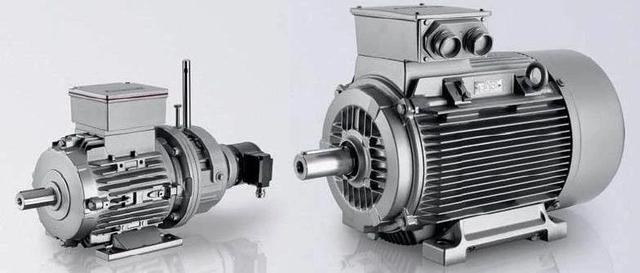A synchronous motor is a type of AC motor in which the rotor speed is equal to the synchronous speed. According to the power conversion relationship, the synchronous motor can be divided into three types: synchronous generator, synchronous motor and synchronous compensation machine.
1, three-phase synchronous generator
The three-phase synchronous generator consists of two parts: the stator and the rotor. According to the structure type, it can be divided into two types: the rotating magnetic type and the turning type. Among them, the rotating magnetic type is widely used. The stator structure of the rotary synchronous generator is the same as that of the three-phase asynchronous motor.
The basic working principle is: a DC magnetic field is generated in the rotor excitation winding to generate a constant magnetic field, and the prime mover drives the rotor to rotate to form a rotating magnetic field, and the rotating magnetic field cuts the symmetric three-phase stator winding to generate a symmetrical three-phase sinusoidal alternating current with a frequency of .

2, three-phase synchronous motor
The basic structure of a three-phase synchronous motor is the same as that of a synchronous generator, but the rotor generally adopts a salient pole structure. The basic working principle is that a symmetric three-phase stator winding is connected to a symmetrical three-phase sinusoidal alternating current to generate a rotating magnetic field. The rotor field winding is energized by a direct current to produce a constant magnetic field equal to the number of poles of the stator. The synchronous motor is driven by the rotating magnetic field to drive the magnetic rotor to rotate by the attraction of the opposite magnetic pole between the rotor and the rotor.
If the load is too heavy, the synchronous motor will stop. This phenomenon is called "out of step" of the synchronous motor. As long as the overload capability of the synchronous motor allows, the use of forced excitation is an effective way to overcome the "out of step" of the synchronous motor.
When the stator winding is turned on, the rotating magnetic field is immediately generated and rotated at a high speed. Because of the inertia, the rotor has no time to rotate. When the stator magnetic pole quickly passes over the rotor magnetic pole, the magnetic force acting on the rotor magnetic pole twice before and after is equal, the direction is opposite, the interval time is extremely short, and the average torque is zero, so the synchronous motor cannot start by itself.
Synchronous motors are usually started by asynchronous start-up: a cage-type start winding is mounted on the rotor. At startup, the field windings are connected in a closed loop with an additional resistor 10 times the field resistance. When the rotating magnetic field acts on the cage-type starting winding to make the rotor speed reach 95% of the synchronous speed, the additional resistor is quickly cut off, and the excitation current is passed, so that the rotor is quickly pulled into synchronous operation. The cage start winding is inoperative when the synchronous motor is in synchronous operation.

